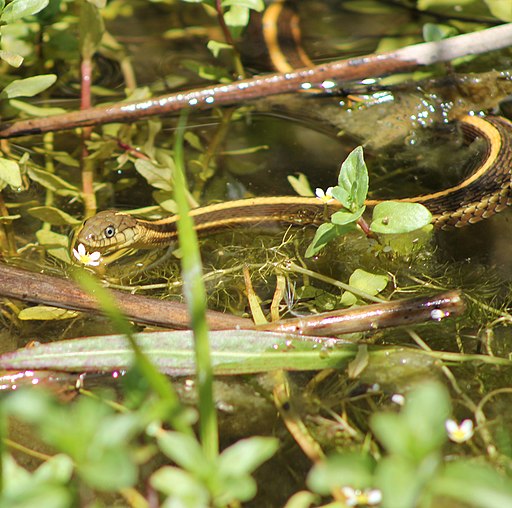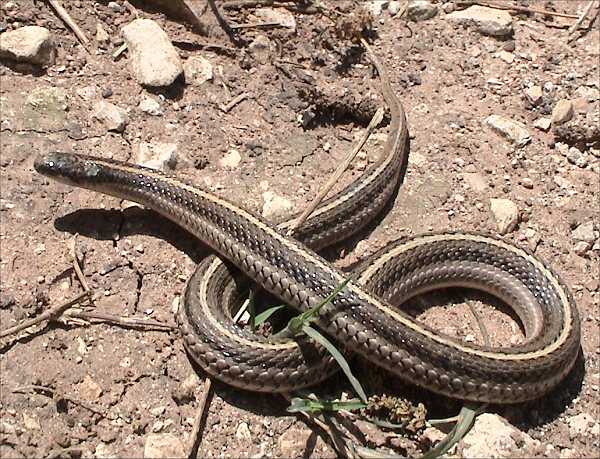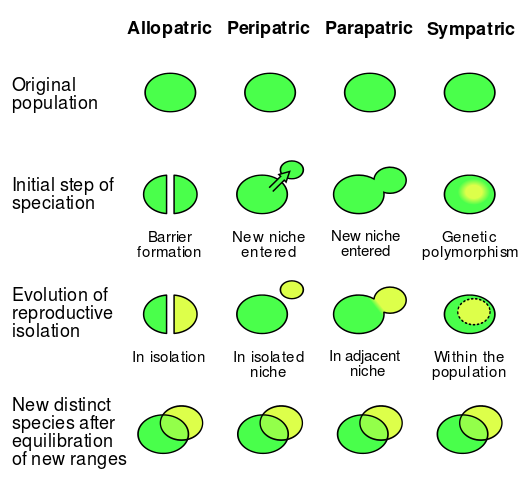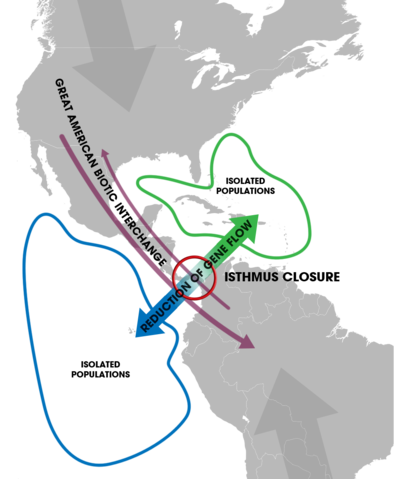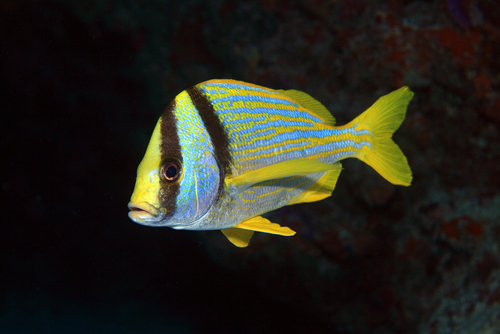
Explore 4.27 Evolution as Observation & Theory
Learning Objectives
By the time you have completed the 4.27. Introduction & Exploration Activities, you should be able to:
- Understand and be able to identify each of the following: extinction, population, gene, biological evolution, species, microevolution, macroevolution, artificial and natural selection, niche, population isolation, speciation, and the Theory of Evolution.
- Explain evolution as observation and theory—using the terms above.
- Explain how microevolution can produce macroevolution—using the terms above.
Scientific Terms/Concepts
Terms: Population, Species, Extinction, Gene, Evolution (Biological Term), Microevolution, Natural Selection (Selection Pressure), Macroevolution, Niche, Population Isolation, Speciation, The Theory of Evolution.
Define and give an example of each term:
Term:
Species
Definition:
Example:
Term:
Population
Definition:
Example:
Term:
Extinction
Definition:
Example:
Term:
Gene
Definition:
Example:
Term:
Evolution
Definition:
Example:
Term:
Microevolution
Definition:
Example:
Term:
Macroevolution
Definition:
Example:
Term:
Niche
Definition:
Example:
Term:
Population Isolation
Definition:
Example:
Term:
Speciation
Definition:
Example:
Term:
Theory of Evolution
Definition:
Example:
Observation & Theory of Evolution
For each of the following terms, describe how it plays a role in the Theory of Evolution.
Extinction
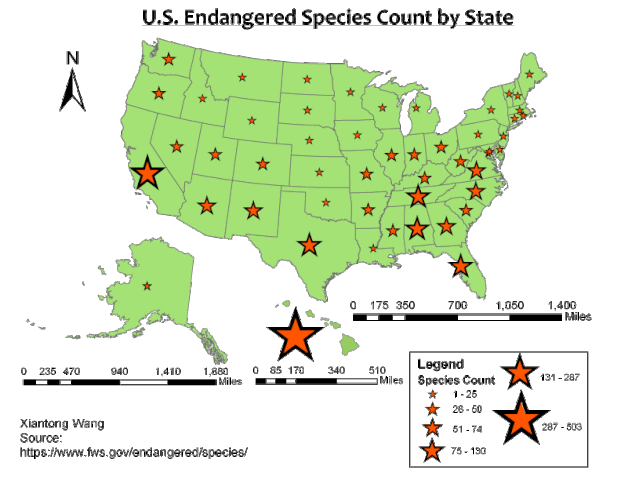
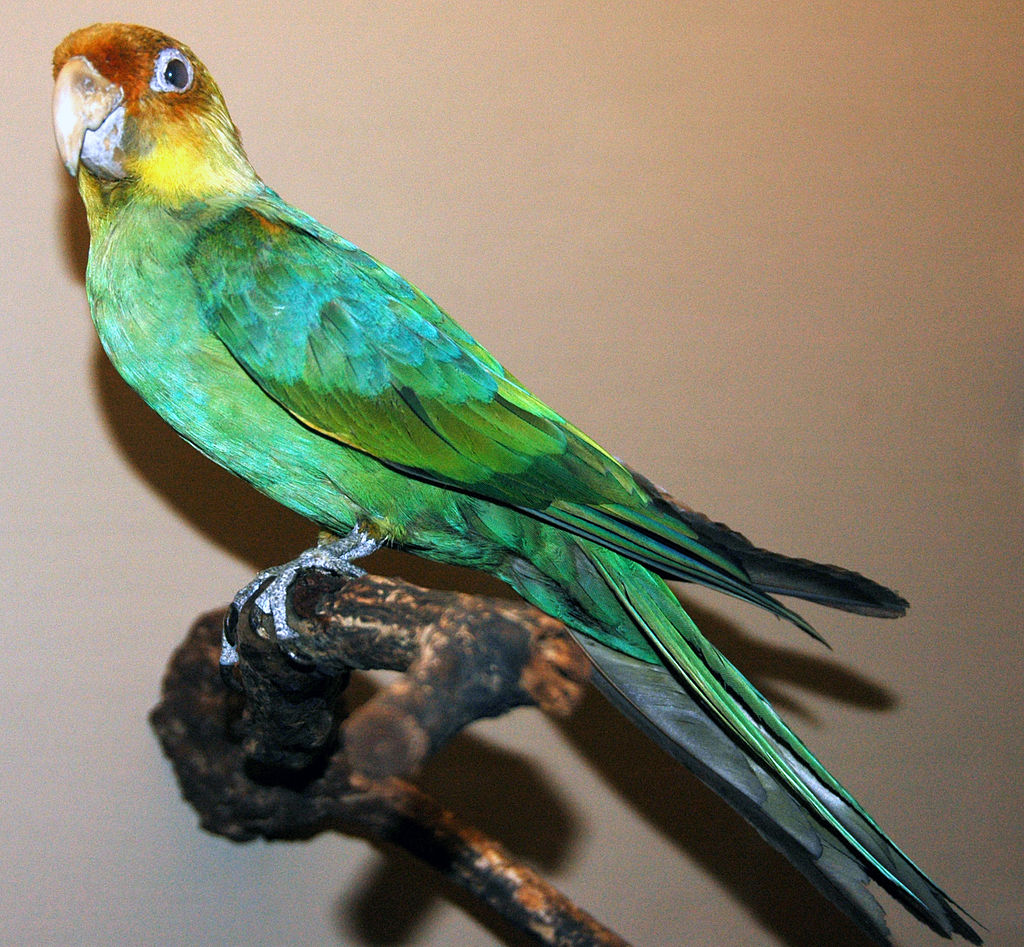
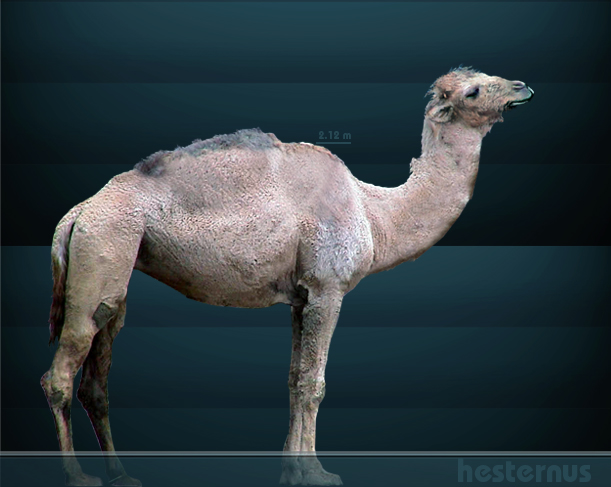
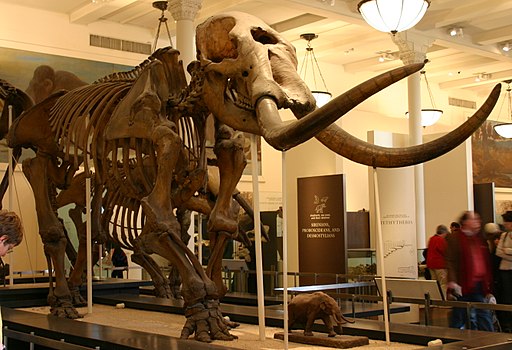
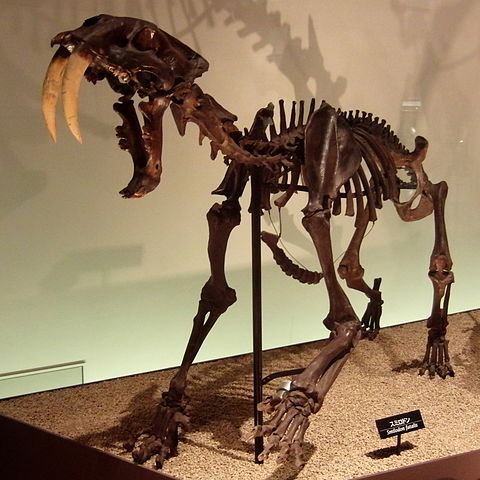
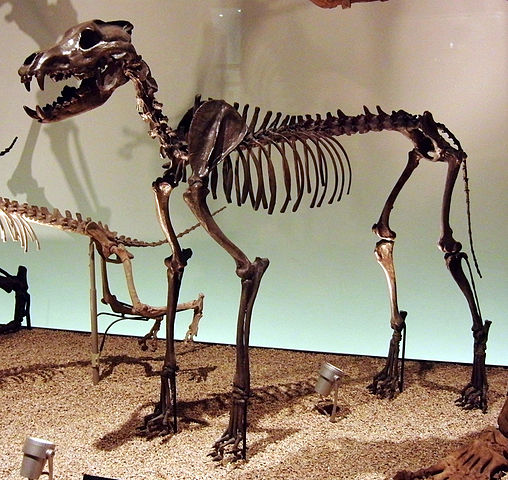
Speciation
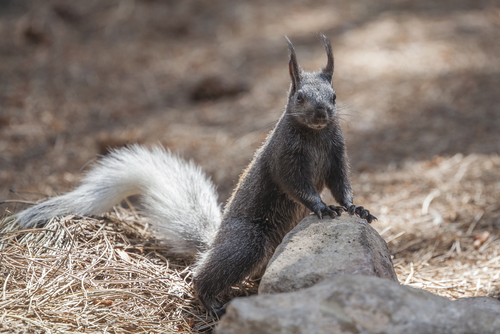

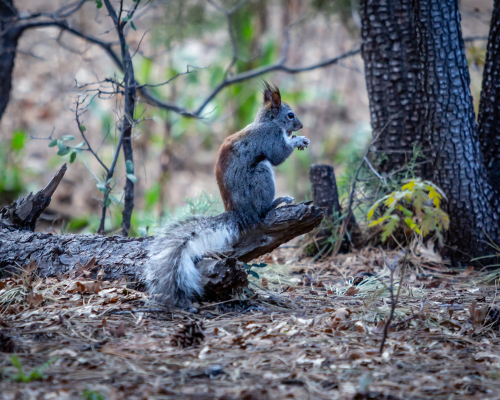
Gene


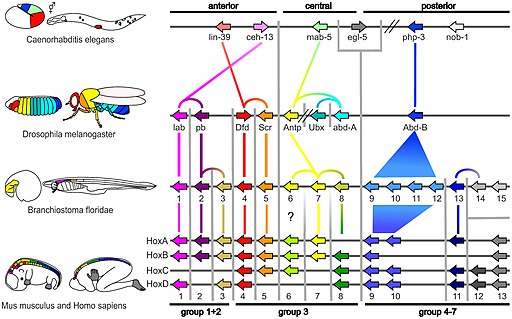
Artificial and Natural Selection
Microevolution to Macroevolution
Explain how microevolution can produce macroevolution—using the terms species, population, trait, natural selection (selection pressure), and speciation. Also, describe a specific (real or imagined) example (e.g., population A of species Q) that illustrates how microevolution (change within populations) can produce macroevolution (new species).
Watch this video on the evolution of the rock pocket mouse:
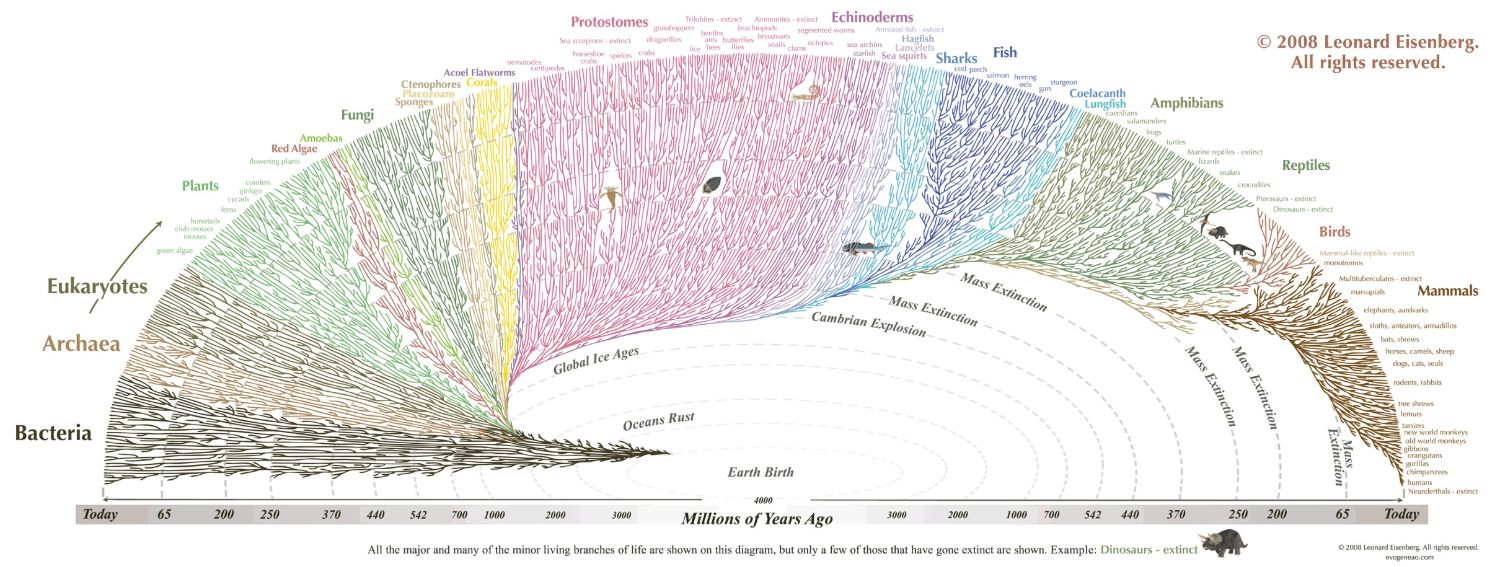
So, how do new species form? Briefly answer this question below.
Porkfish
Observations of two species of porkfish—one from the Caribbean and the other from the Pacific west of Central America—indicate a relationship in the recent geologic past. What might have caused the isolation that produced these species?
Garter Snakes
Along the west coast of the United States are two species of garter (Thamnophis) snake, shown in the images below. They are found in the same areas, but one is terrestrial and the other is aquatic. What type of isolation could have produced these species from an interbreeding parent population?
